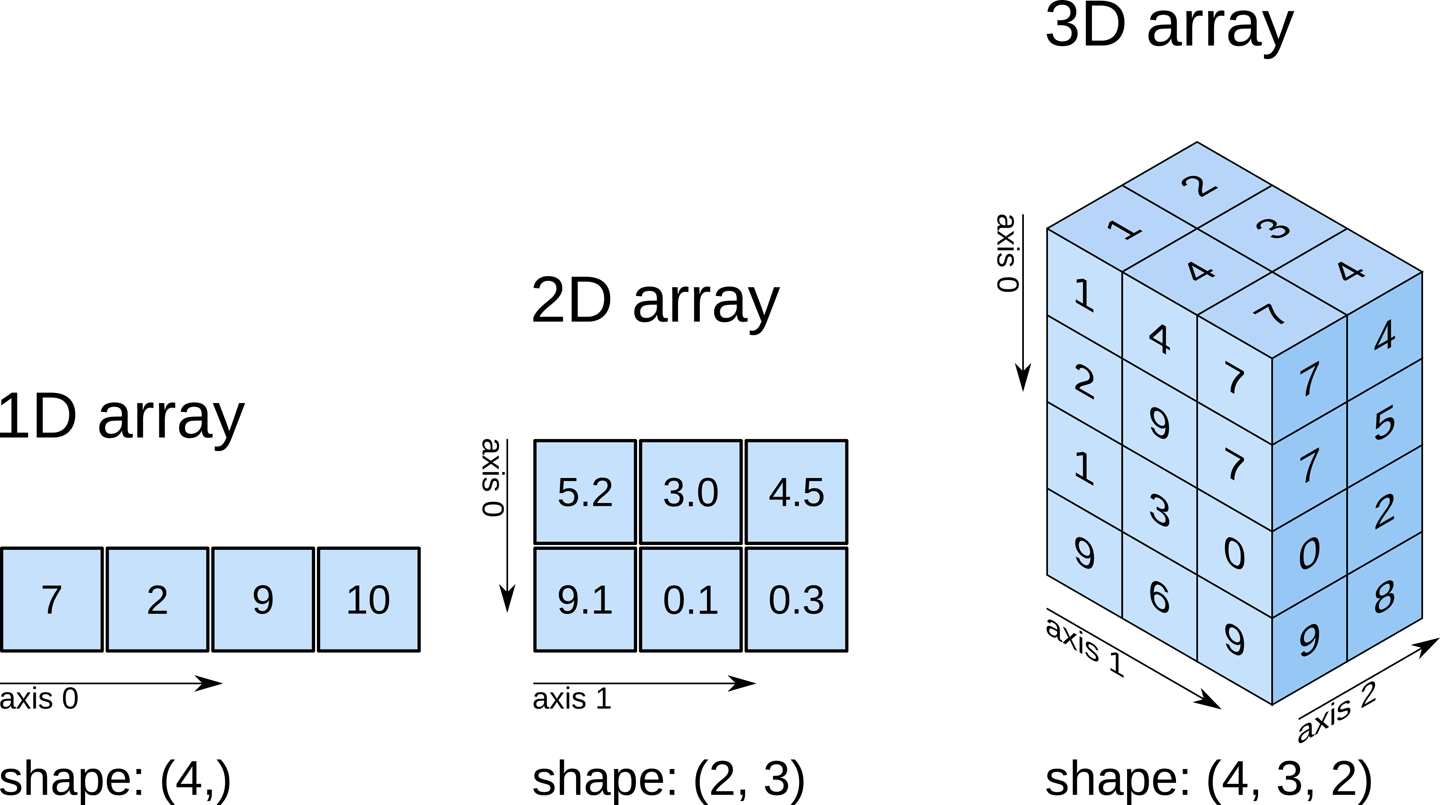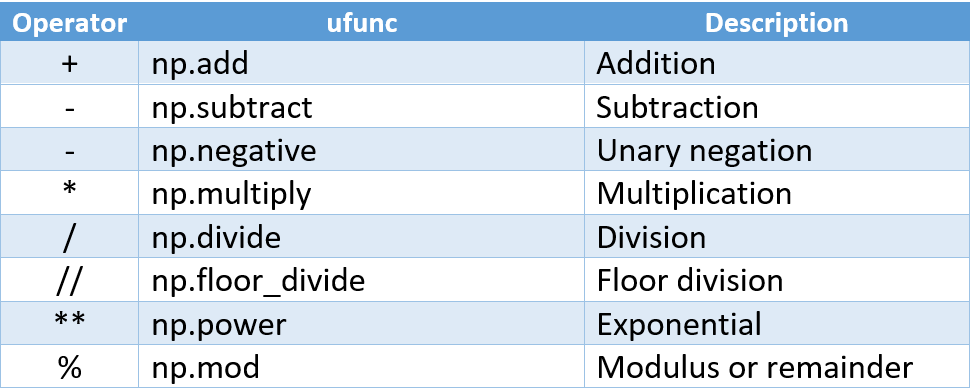What is NumPy in Python with an example?
What is NumPy in Python with an example?

I'd be happy to explain what NumPy (Numerical Python) is and provide an example in English!

What is NumPy?
NumPy, short for Numerical Python, is a library for working with arrays and mathematical operations in Python. It provides support for large, multi-dimensional arrays and matrices, along with a wide range of high-level mathematical functions to manipulate them. NumPy is designed to work seamlessly with Python's syntax and is used extensively in the scientific computing community.
Why use NumPy?
NumPy offers several advantages over native Python data structures:
Efficient memory management: NumPy arrays store data in a contiguous block of memory, making it faster than lists or dictionaries when working with large datasets. Vectorized operations: Many mathematical operations can be performed on entire arrays at once, which is often more efficient than performing the same operations individually on each element. Broadcasting and alignment: NumPy allows for flexible broadcasting (automatic insertion of dimensions) and alignment of arrays with different shapes and sizes, making it easier to work with data from various sources.Example:
Let's create a simple example to demonstrate how NumPy can be used. We'll generate some random numbers and perform some basic operations:
import numpy as np
import matplotlib.pyplot as plt
Generate 10 random numbers between 0 and 100
data = np.random.rand(10)
print("Original data:")
print(data)
Calculate the mean of the data
mean_value = np.mean(data)
print("nMean:", mean_value)
Calculate the standard deviation (std) of the data
std_dev = np.std(data)
print("nStandard Deviation:", std_dev)
Plot a histogram to visualize the distribution of the data
plt.hist(data, bins=10)
plt.title("Histogram of Random Data")
plt.xlabel("Value")
plt.ylabel("Frequency")
plt.show()
In this example:
We import NumPy (np) and matplotlib (mpl). We generate 10 random numbers between 0 and 100 using np.random.rand(10). We calculate the mean and standard deviation of the data using np.mean() and np.std(), respectively. We create a histogram to visualize the distribution of the data using plt.hist().
Key takeaways:
NumPy provides efficient data structures and operations for large-scale numerical computations. Vectorized operations can significantly speed up calculations on entire arrays at once. Broadcasting and alignment enable flexible manipulation of arrays with different shapes and sizes.NumPy is an essential library in Python, particularly for scientific computing, machine learning, and data analysis applications. It streamlines many common tasks and makes working with large datasets more efficient and productive.
What are the functions of NumPy in Python?

NumPy (Numerical Python) is a library for working with arrays and mathematical operations in Python. It provides an efficient way to perform various mathematical operations on large datasets, making it particularly useful for scientific computing, data analysis, and machine learning.
Here are some of the key functions and features of NumPy:

arr[0:5], arr[:, 2:]). Broadcasting: NumPy supports broadcasting, which allows you to perform operations on arrays with different shapes by "stretching" the smaller array to match the shape of the larger one. Integration with Other Libraries: NumPy is designed to work seamlessly with other popular Python libraries such as SciPy, Pandas, and Matplotlib.
Some of the key benefits of using NumPy include:
Faster Computation: By leveraging optimized C code under the hood, NumPy operations can be much faster than equivalent operations on Python lists or dictionaries. Easier Code: With NumPy's vectorized operations and matrix functions, you can write more concise and efficient code that is easier to read and maintain. More Powerful Analytics: NumPy provides a wide range of statistical and linear algebra functions, making it particularly well-suited for data analysis and machine learning applications.In summary, NumPy provides a powerful and efficient way to perform various mathematical operations on large datasets in Python. Its multi-dimensional arrays, vectorized operations, and matrix functions make it an essential library for many scientific computing, data analysis, and machine learning applications.





























